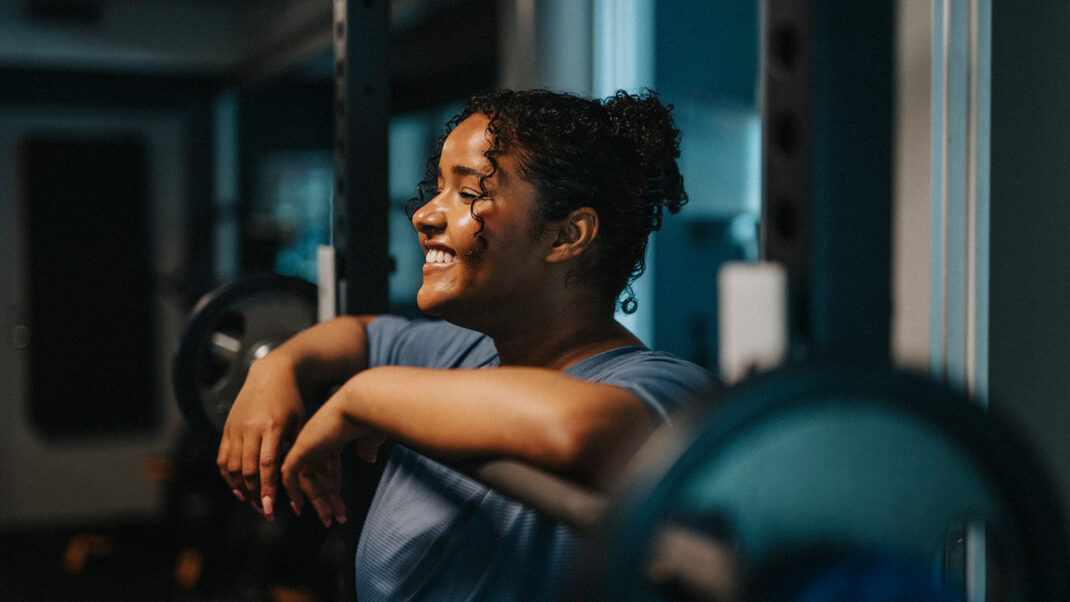Find the Fun in Fitness
When meeting with potential clients, fitness professionals often talk up the psychological benefits of exercise. A recent study of 40,401 Norwegians confirms that exercise “staves off depression,” but there is a caveat. The report, published in The British Journal of Psychiatry (2010; 197, 357–64), discovered an “inverse relationship between the amount of leisure-time physical activity and case-level symptoms of depression.” And yet, not surprisingly, the scientists determined that this relationship was most true when physical activity was considered fun and was not part of the subjects’ work (e.g., digging up roads or lifting heavy objects).
Ian O’Dwyer, co-founder of PTA Global, firmly believes in increasing the fun factor during training sessions. “We have really become too science-based in our industry, and this has driven the enjoyment from moving,” he says. “At PTA Global, we don’t call sessions ‘workouts’ anymore; we call them ‘playouts.’ Why would you work all day and then want to go and work out at the end of it?”
Do you want to add more fun to your clients’ sessions? Here are some tips from O’Dwyer on how to make workouts more enjoyable for your client and for you.
- Understand What Your Client’s Goal Is. This may sound easy, but most trainers don’t listen to what the client wants. What is the driving force behind weight loss? Is it acceptance? Is it self-esteem? If you don’t understand what drives the client, you won’t know which movements and hormone responses will work best for him.
- Use Simple Tools From the Client’s Childhood. O’Dwyer always tries to find out what sports or interests a client was involved in as a kid. “This enables me to bring footballs, netballs, basketballs, balloons or other tools that the client enjoyed, which enhances the emotional experience.”
- Interact With the Client. In this day and age, people don’t get much face-to-face interaction; e-mails and mobile phones have taken over. By interacting with your client, you provide not only physical but also mental stimulation. Avoid sitting your client down or letting an activity get boring.
Web Extra!
When meeting with potential clients, fitness professionals often talk up the psychological benefits of exercise. A recent study of 40,401 Norwegians confirms that exercise “staves off depression,” but there is a caveat. The report, published in The British Journal of Psychiatry (2010; 197, 357–64), discovered an “inverse relationship between the amount of leisure-time physical activity and case-level symptoms of depression.” And yet, not surprisingly, the scientists determined that this relationship was most true when physical activity was considered fun and was not part of the subjects’ work (e.g., digging up roads or lifting heavy objects).
Ian O’Dwyer, co-founder of PTA Global, firmly believes in increasing the fun factor during training sessions. “We have really become too science-based in our industry, and this has driven the enjoyment from moving,” he says. “At PTA Global, we don’t call sessions ‘workouts’ anymore; w
Ryan Halvorson
Ryan Halvorson is an award-winning writer and editor, and IDEA's director of event programming.






